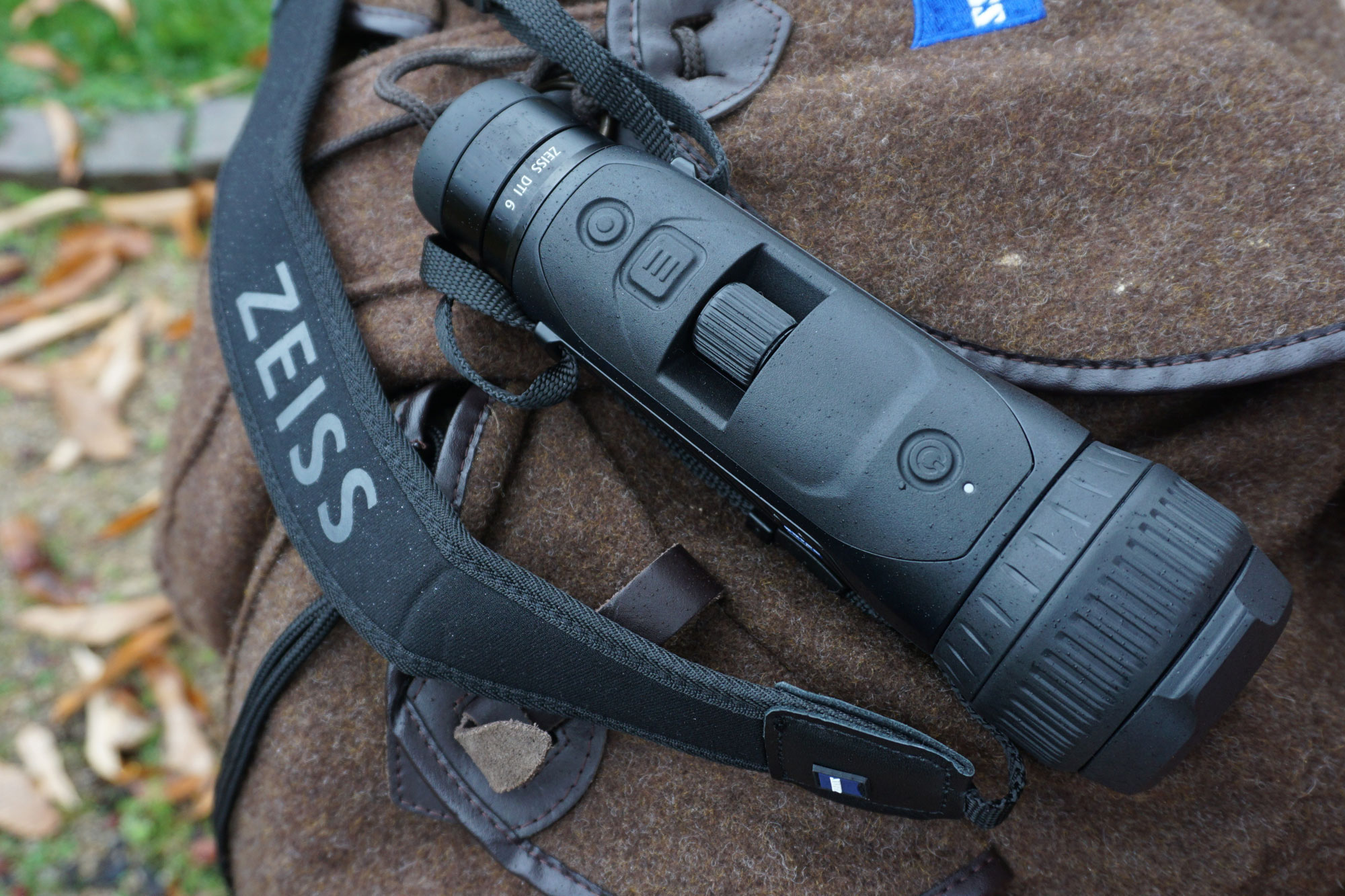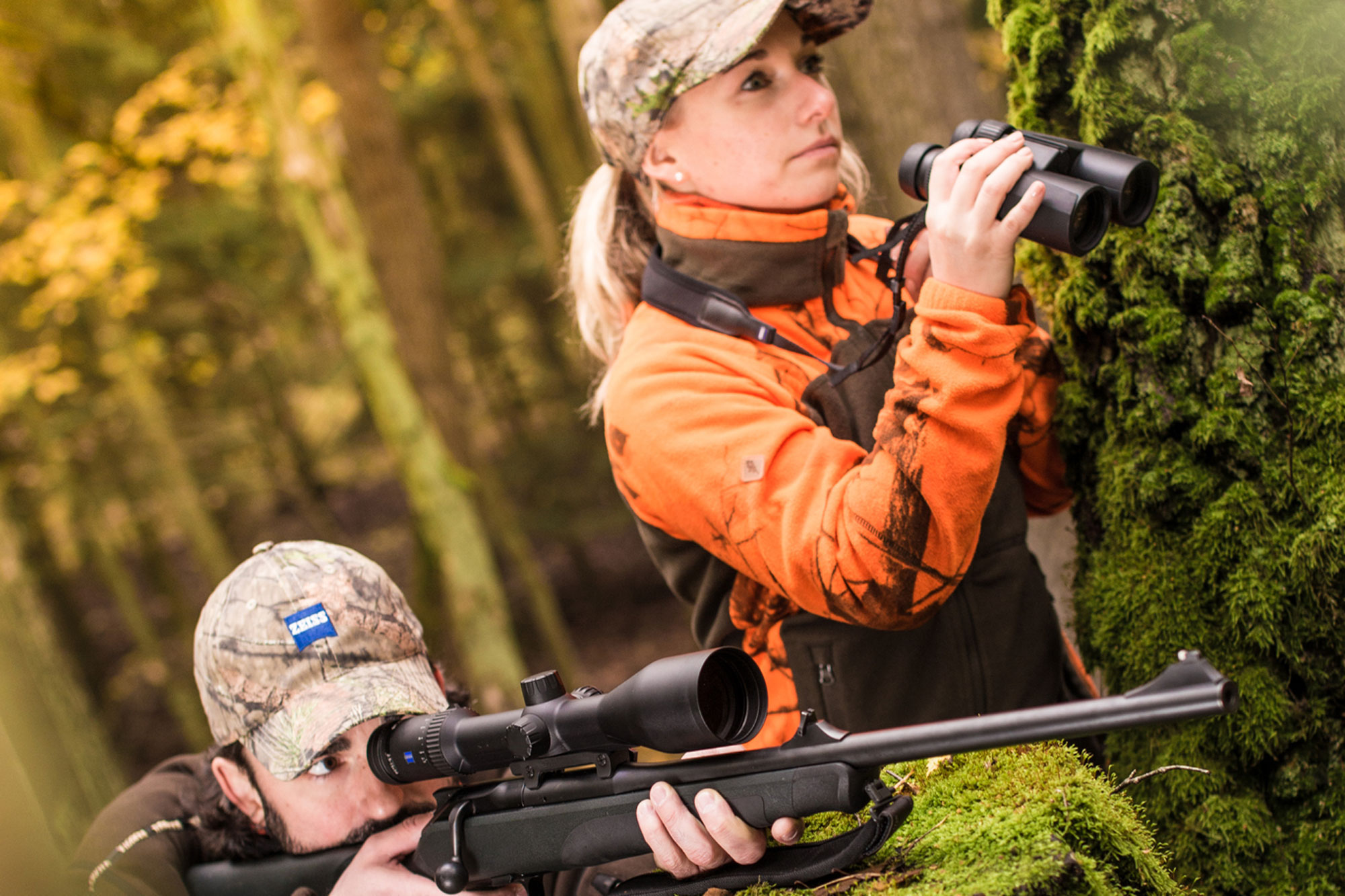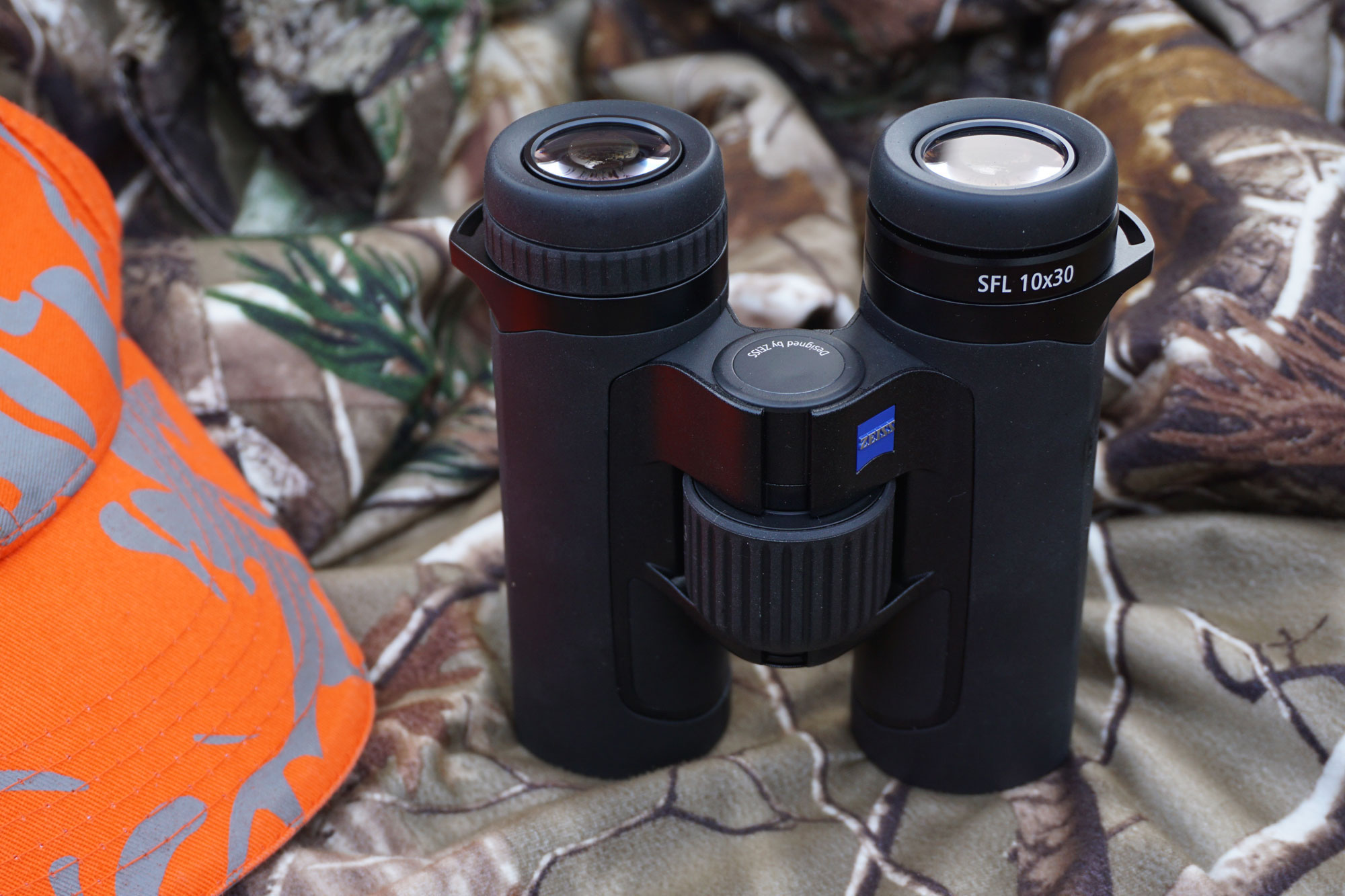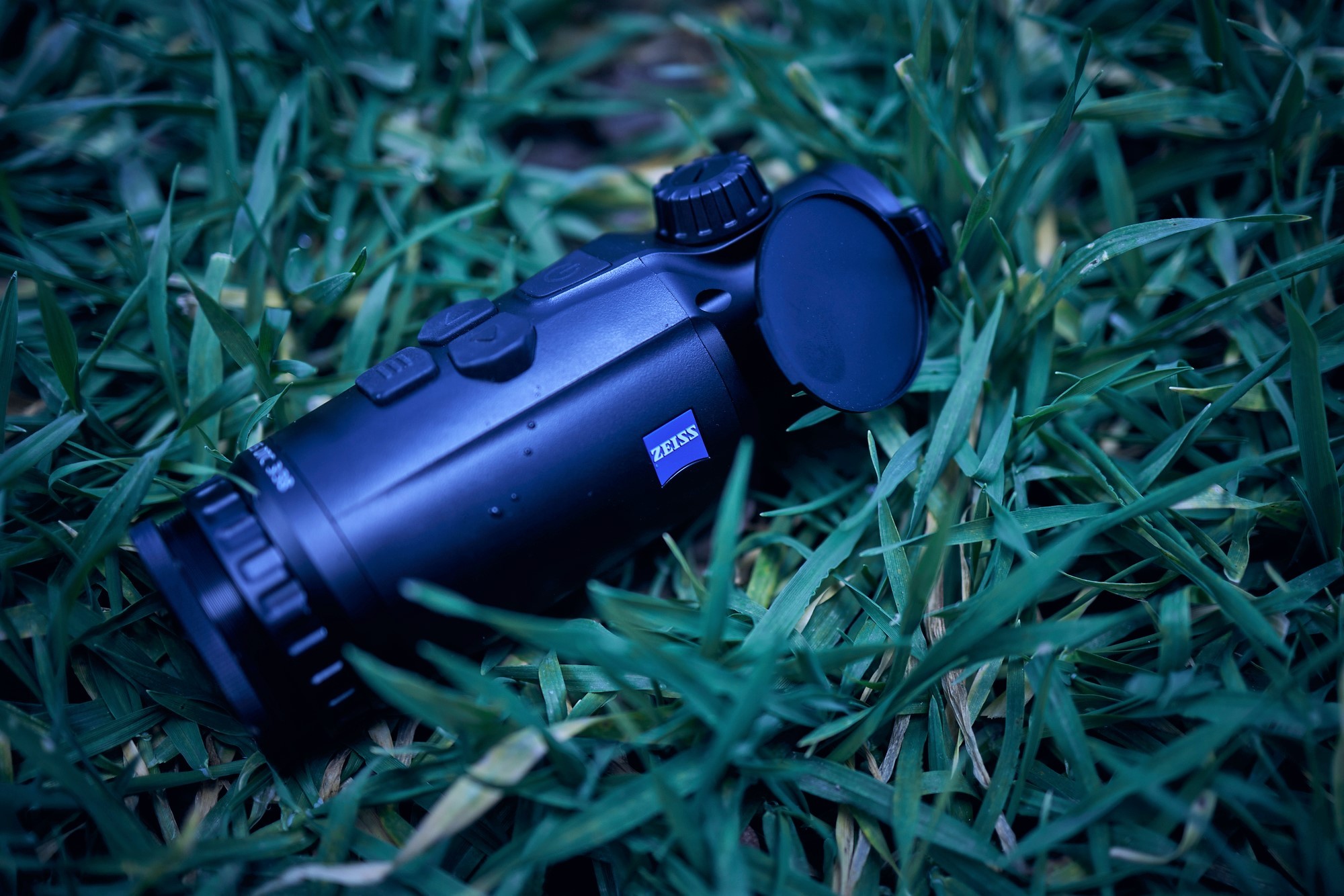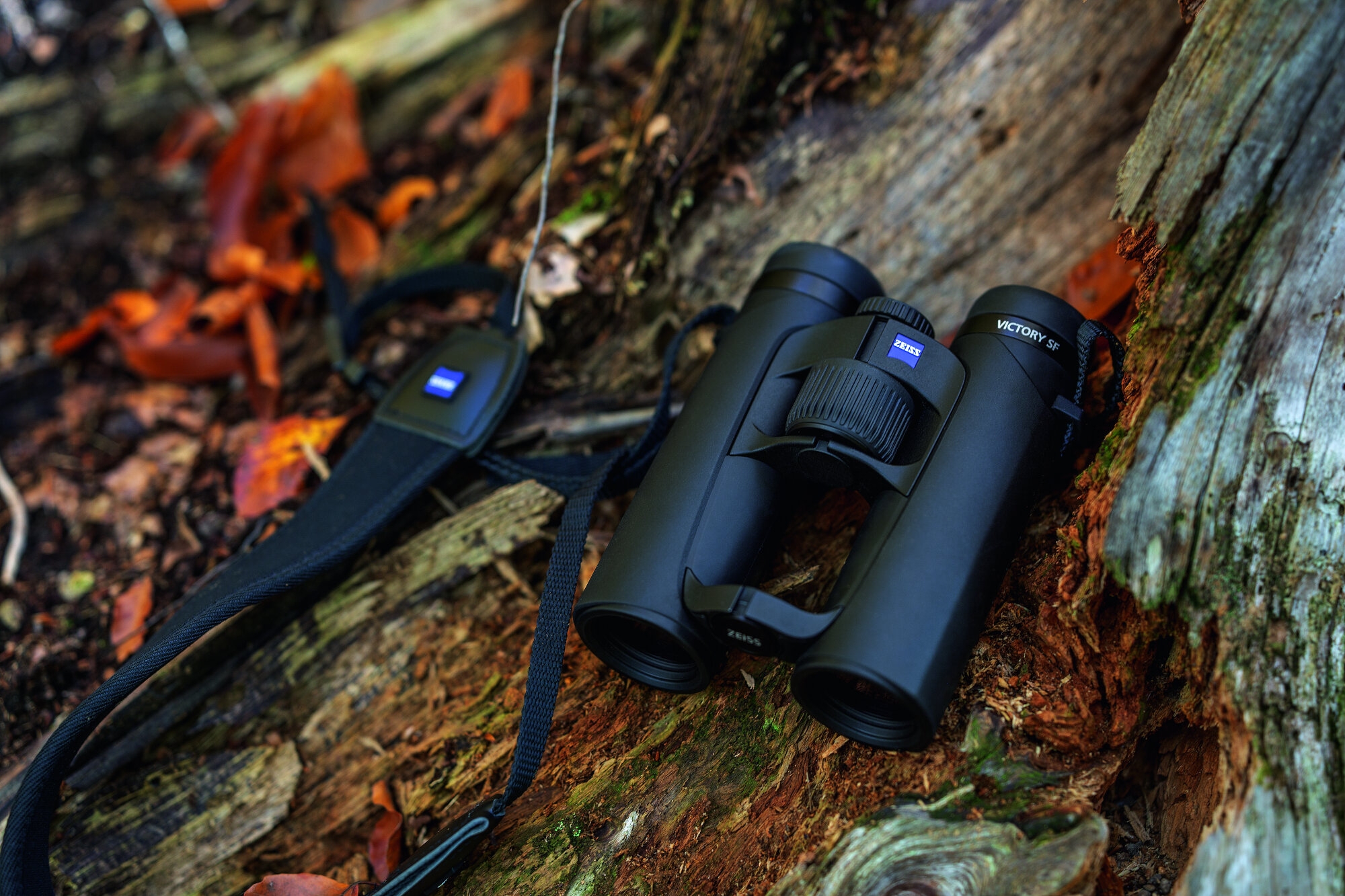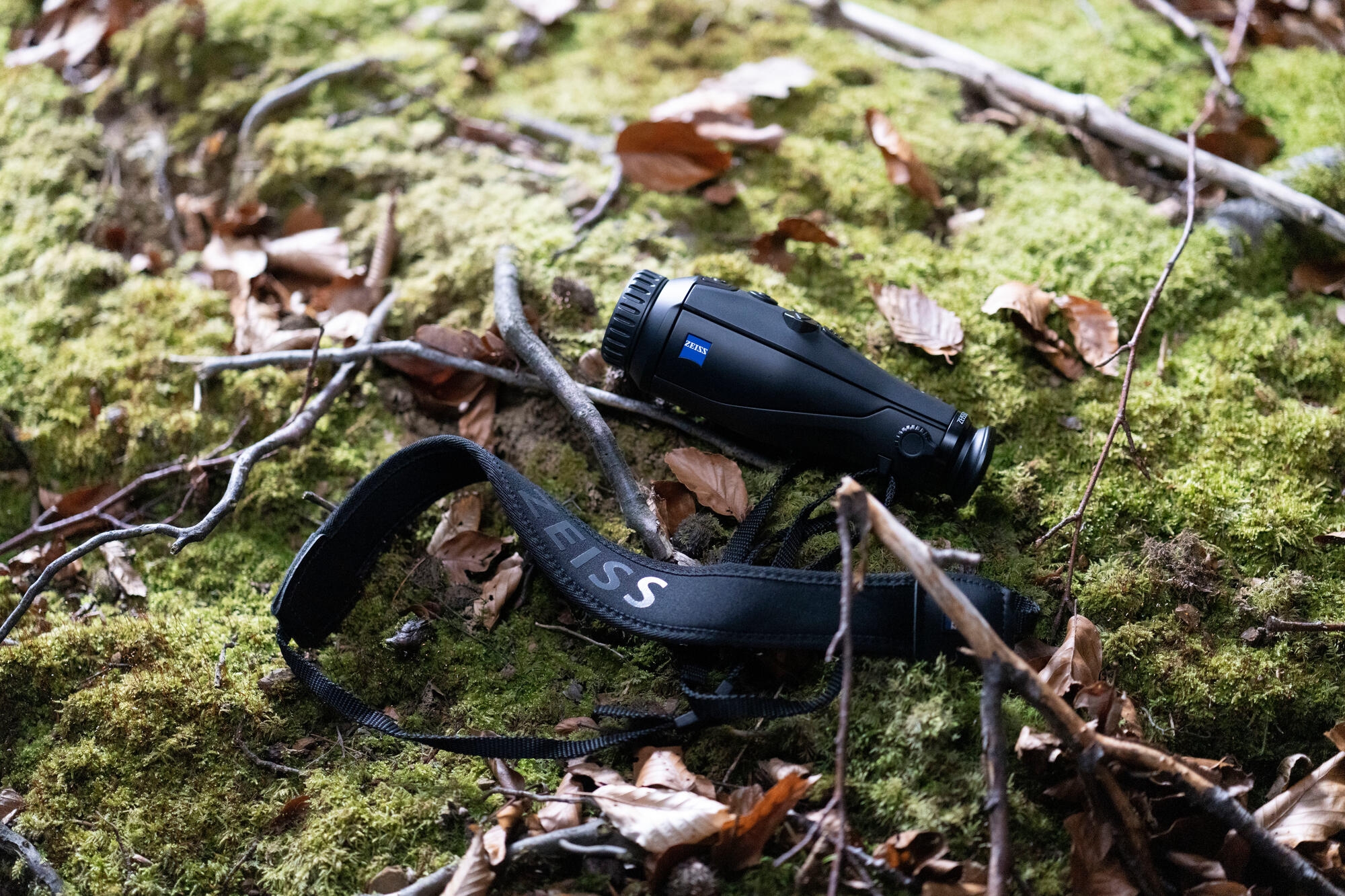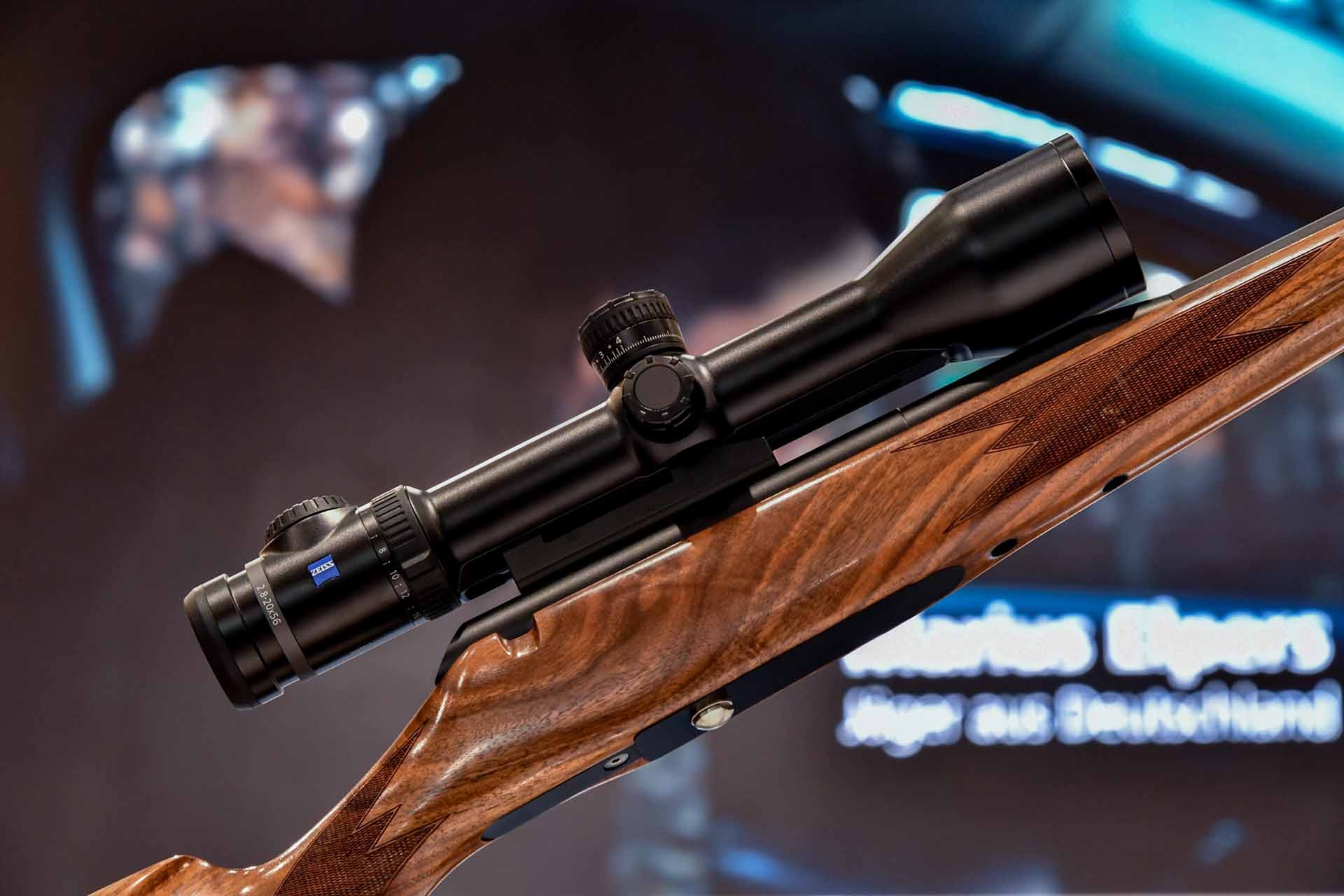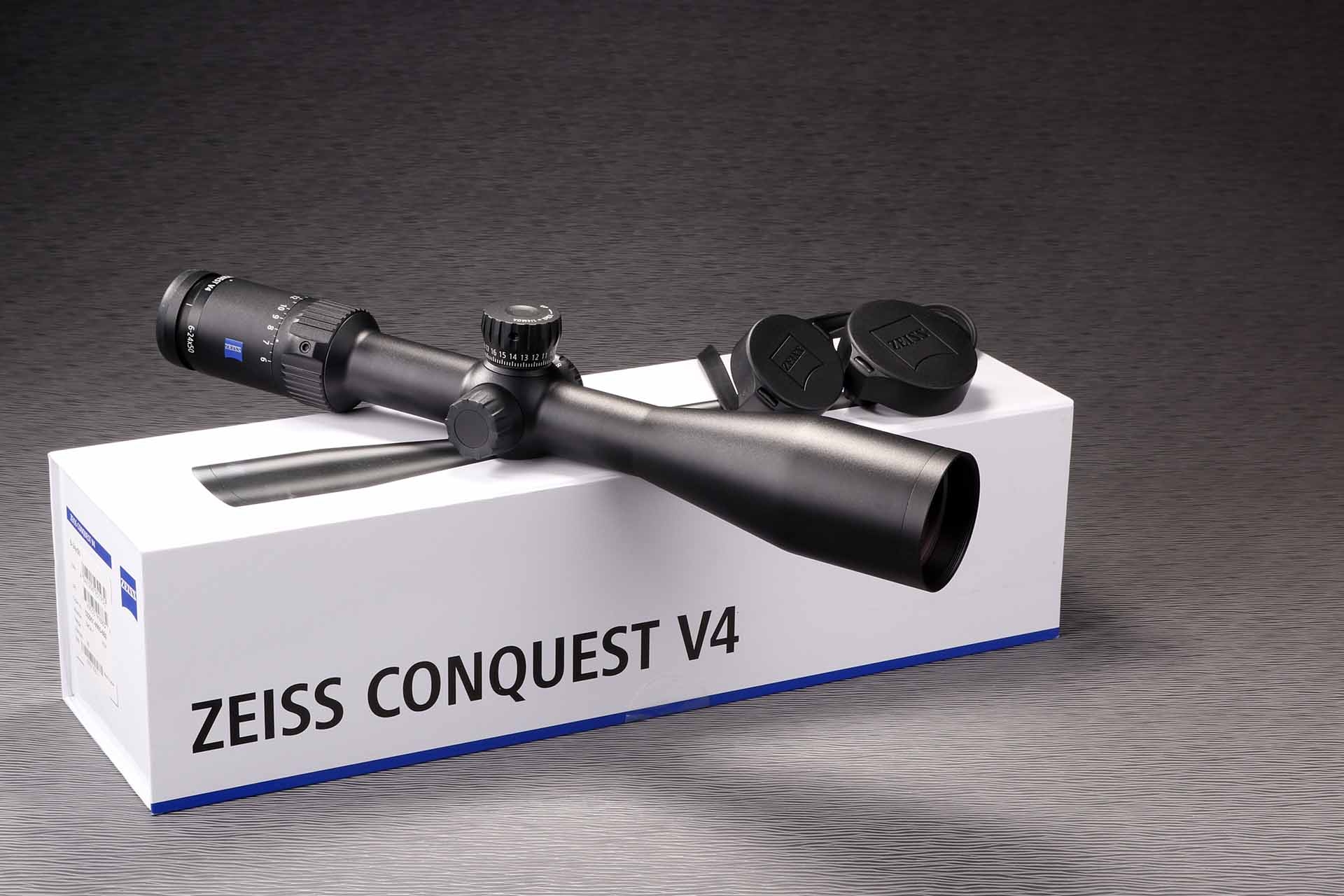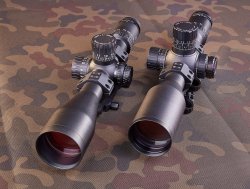
For decades, the long-established German company Zeiss has enjoyed an excellent global reputation not only for optical and optoelectronic products for measurement and medical technology. The hunting riflescope division is also very popular. In addition to excellent workmanship and the associated durability, the scopes from this manufacturer offer a very high light transmission and lens coatings at the highest level. It is therefore surprising that Zeiss models are rather underrepresented in the field of sport shooting, but especially in long range shooting. In the aforementioned group of users, riflescopes from the manufacturers Kahles, ZCO, Schmidt & Bender and Nightforce are predominantly found. Apparently there are two reasons for this. Most sport and long range shooters prefer tactical reticles that allow for bullet impact correction, windage adjustment, and target sizing at a known distance (or vice versa at a known target size) using corresponding marks in the reticle. Such reticles have been underrepresented at Zeiss to date, as the focus was on hunting. The second reason is probably the available vertical and horizontal adjustment range. If you want to shoot far, you need the largest possible adjustment range for both axes in order to compensate for bullet drop and wind.
The way to LRP riflescopes from Zeiss
A few years ago Zeiss launched the V8 4.8-35x60 riflescope, which is actually a very interesting riflescope suitable for long ranges and which is predestined for long-distance shooting, especially considering its high magnification. However, if you look at the technical specs, an elevation adjustment range of only 140 cm (or 48 MOA) is available, which is not sufficient for longer distances. It is therefore all the more pleasing that Zeiss has addressed this problem. A new product family with reticle in the 1st focal plane has been developed especially for long-range sport shooting and hunting. Divided into the two LRP S3 and LRP S5 series, optics suitable for long range use are now available. We were able to secure the top models of the LRP S3 and LRP S5 series for a test.
Model variants: Zeiss riflescopes from the LRP range
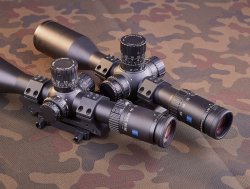
The LRP S3 is available in two versions. The LRP S3 425-50 offers a magnification range of 4x to 25x with an objective lens diameter of 50 mm, with an elevation adjustment range of 46.5 MRAD (= 160 MOA), which corresponds to 465 cm at 100 meters. According to the manufacturer, this makes it best in class in this magnification range. In terms of windage adjustment, 17.5 MRAD (= 60 MOA) are available. Its big brother, the LRP 3 636-56, magnifies the target image from 6x to 36x. The 56-mm objective lens also offers more in low-light conditions. The elevation adjustment range is 32 MRAD, or 110 MOA. 14.6 MRAD and 50 MOA are possible for windage. Parallax adjustment is 15 and 10 meters to infinity, respectively. This makes both models well suited for very close target distances, as occurs in PRS disciplines. Both models are already available since April 2023.
In the S5 series, two models are also already available since fall 2022. The S5 belongs to the Zeiss High Premium line and uses FL lenses from Schott, which are designed to provide an extremely detailed and high-resolution image. The S5 is manufactured in Germany. The smaller LRP S5 318-50 features a magnification of 3.6x to 18x, with a 50-mm objective lens diameter. Elevation adjustment range is 40.7 MRAD, or 140 MOA. For windage, 17.5 MRAD (= 60 MOA) is on the spec sheet. The same vertical and horizontal adjustment travel is also offered by the LRP S5 525-56. The maximum magnification here is 25x, and the objective lens measures 56 mm. Parallax compensation ranges from 25 meters to infinity on both. All models of the S3 and S5 series have a 34-mm center tube.
Reticle of the LRP S3 and S5 long range riflescopes from Zeiss
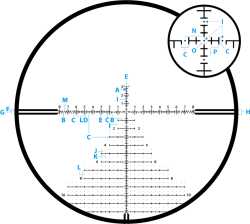
The same two reticle types are available for both the S3 and S5. The ZF MRi or #16 reticle was developed together with instructors from the PRS and NRL competition scene. The distances between the individual reticle marks are designed for MRAD and MIL, respectively. One MRAD/MIL corresponds to 10 cm at 100 meters. The click adjustment on this reticle is equivalent to 1 cm (0.1 MRAD) per click. Every tenth click provides slightly more resistance, so large adjustments can be made quickly. Below the reticle, the holdover marks are arranged in the shape of a Christmas tree, which makes it easier to correct the holdover point in crosswinds. The second reticle, the ZF MOAi or #17 reticle, does without a Christmas tree at all. Corresponding reticle marks are located directly on the two axes of the reticle. The distances between them are arranged according to the MOA system (angular minutes). Accordingly, the click adjustment is also matched to MOA. One click corresponds to ¼ MOA (7.3 mm). The reticle of the LRP S3 can be illuminated in five brightness settings. At the lowest level, only the actual crosshairs are illuminated. In the higher settings, the entire reticle marks are illuminated. The illumination comes standard in green and red. In the S5 model, only the actual crosshairs are illuminated in red. Unlike the S3, however, the illumination level here can be continuously adjusted. With both models, the illumination can be set so bright that the reticle can be seen without any problems even in full daylight.
Controls and use with the Recknagel/ ERATAC mounts with adjustable pre-tilt.
The elevation adjustment range of the two test optics can be used with just over three full 360° rotations. The corresponding level is indicated with the digits 1, 2 or 3. The lettering on the rotating turret caps is very easy to read and, and a serrated surface makes them very easy to operate, even with wet or cold fingers. The parallax adjustment on the S3 only gives the digit 10 meters and "infinity". There are no indications in between. This way, you are not tempted to set the known distance on the parallax, but turns until the target image is sharp and thus the correct parallax is set. This is solved similarly on the S5, except that here the lowest range is specified as 25 meters. To protect against unintentional adjustment, the cap of the lateral adjustment turret must first be pulled out on both models, otherwise it is blocked.
Both test optics were then mounted on the rifles using mounts with adjustable pre-tilt from ERATAC and Recknagel, respectively.
ZF Zeiss LRP S5 525-56 and LRP S3 636-56 specs
| Model: | Zeiss LRP S3 636-56 | Zeiss LRP S5 525-56 |
| Magnification: | 6 to 36x | 5 to 25x |
| Objective Lens Diameter (mm): | 56 | 56 |
| Main Tube Diameter (mm): | 34 | 34 |
| Click Adjustment: | 0.1 MRAD (0.25 MOA) | 0.1 MRAD (0.25 MOA) |
| Vertical Adjustment Range: | 32.0 MRAD (110 MOA) | 40.7 MRAD (140 MOA) |
| Horizontal Adjustment Range: | 14.5 MRAD (50 MOA) | 17.5 MRAD (60 MOA) |
| Adjustment Direction: | CCW | CCW |
| Field of View (at 100 m): | 6.8m to 1.1m | 7.5 m to 1.5 m |
| Eye Relief: | 80 mm to 90 mm | 90 mm |
| Parallax Compensation: | 10 m to ∞ | 25 m to ∞ |
| Overall Length: | 384 mm | 396 mm |
| Weight: | 1,107 g | 1,030 g |
| Reticle (Illuminable): | ZF-MRi & ZF MOAi (in 1st
focal plane) | ZF-MRi & ZF MOAi (in 1st
focal plane) |
| Price (MSRP): | 2,700 euro | 4,200 euro |
Zeiss LRP S5 525-56 and LRP S3 636-56: our conclusion
The testers were able to extensively try out the new LRP S3 and LRP S5 optics on various test guns. The operation and adjustment of all turrets as well as the magnification are excellent, as are workmanship and feel. With the adjustment ranges and magnifications that are now available, some of which are huge, Zeiss has finally succeeded in making riflescopes that are predestined for long range shooting. Thanks to the high vertical adjustment range, both models should also be ideally suited for long range shootinh with rimfire rifles.
For more information about the long range and other Zeiss optics please visit the Zeiss website.



